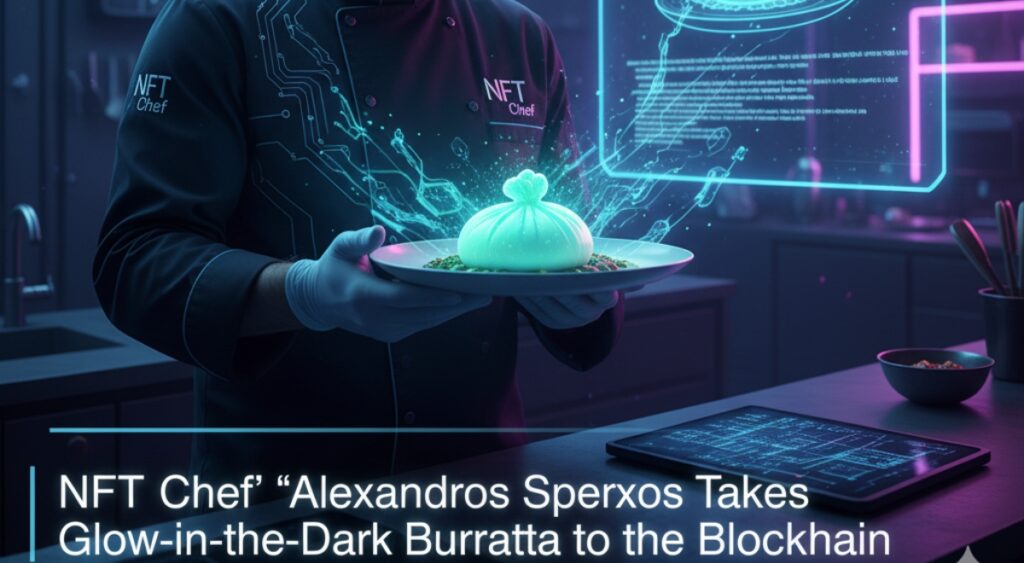Non-fungible tokens have opened up vast opportunities for creatives. Through blockchain technology, NFT owners can control their assets, earn from them, and with NFT Royalties, maximize the methods of gaining from it.
A royalty means any payment that is made to a creator every time their created work is bought or used by someone. This is exactly how NFT Royalties work. It is an amount from the price of the NFT that goes to its creator or author when their NFT is sold.
How do NFT Royalties work?
NFT Royalties usually range from 5-10% of NFT price. This percentage is fixed and is usually set by the owner during the minting process. Smart contracts on which NFTs are created enable the NFT artist to easily track the sale and royalties. Once the smart contract is set on the blockchain, it cannot be changed by anyone.
Whenever a buyer resells the NFT, the creator automatically receives the royalty fee through the smart contract set. The artist’s wallet is automatically credited after a sale is successfully executed. Every subsequent sale will also see the artist getting paid royalties.
The NFT Royalty fee is calculated as the percentage of the sales price specified by the creator. The fee is converted to a round figure when there is a remainder in the royalty fee calculation.
Why NFT Royalties are being adopted
Whenever NFT buyers resell an NFT and profit from it, it poses a disadvantage to the NFT creator, who cannot share in the profits made from subsequent sales. This is why NFT Royalties were introduced into the NFT space as a way of allowing creators of NFTs to earn from their hard work. For every NFT sale, the NFT artist will get a fixed percentage automatically sent to their NFT wallet.
NFT royalties are a form of passive income that allows NFT artists to earn money from selling their creations. NFT marketplaces like OpenSea and Magic Eden provide royalty payment features on the NFTs traded on their platform.
Where do NFT Royalties stand now?
A form of passive income is one of the major benefits of NFT Royalties. In addition, seeing a royalty fee on an NFT guarantees the authenticity of the NFT for the buyer. However, few NFT marketplaces provide a feature for NFT Royalties, which has resulted in an uproar in the NFT space.
For example, Yawww, an NFT marketplace built on Solana, launched this year without royalties enabled. Similarly, Solanart, another Solana-based NFT marketplace, allowed sellers to choose whether they wanted to pay creators a royalty fee and determine how much they would pay.
These inconsistencies across NFT marketplaces on royalty fees can lead to traders evading the payment of royalty fees to creators. Furthermore, when creators cannot earn from their work, it restricts motivation and the ability to thrive in the Web3 space.
Bottom line
Creators in Web3 quickly embraced the concept of NFT Royalties when it was first introduced. However, the lack of uniformity allows traders to cheat creators of their royalty fees. The NFT industry needs a better uniform system to ensure that creators receive their dues. This will lead to the growth of the NFT space as more works are created and circulated.
















